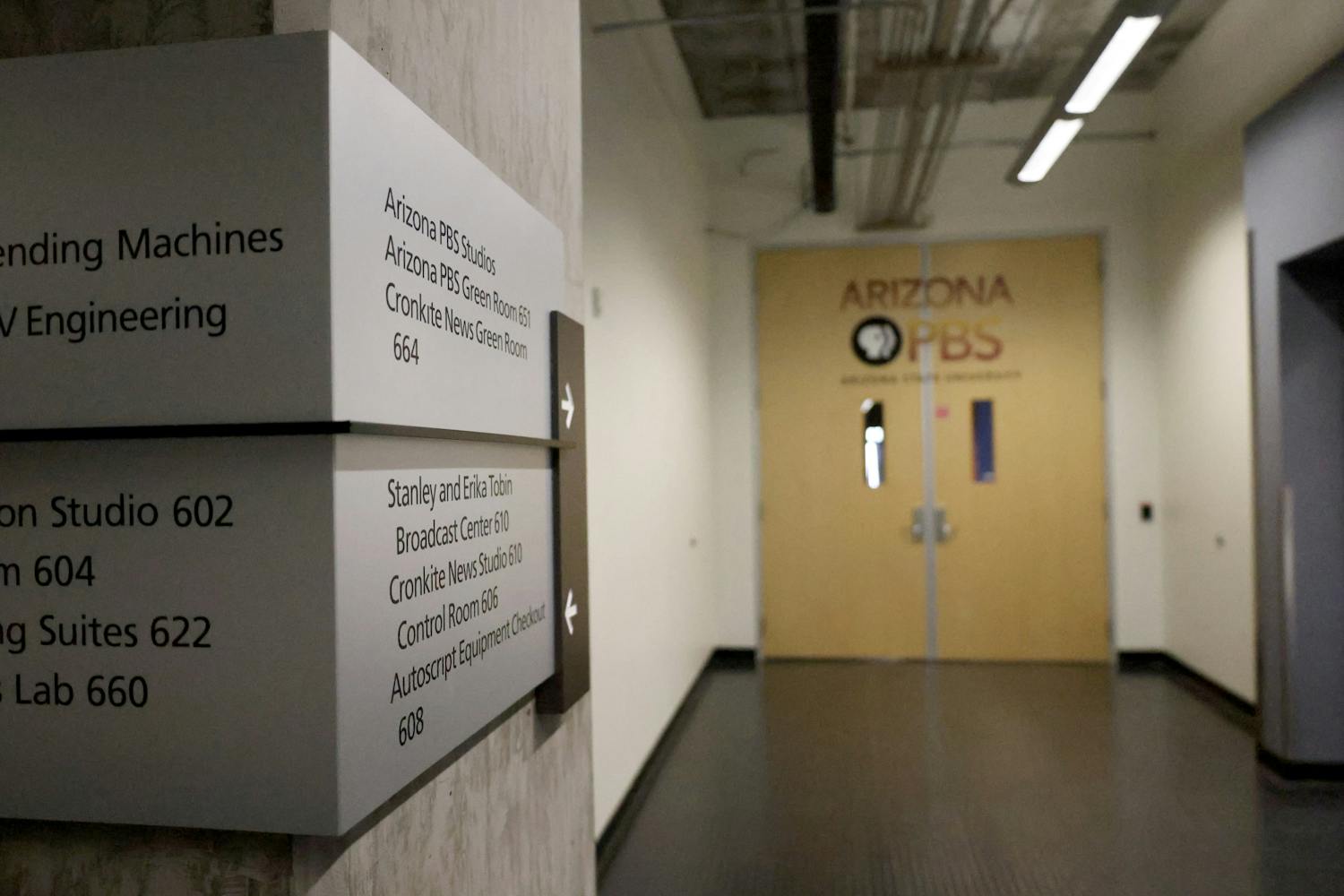More than 30 years ago, junior high school music teacher Jay Cravath attended a powwow, or an inter-tribal celebration of Native American culture, and began cultivating a curiosity that has blossomed into a full-blown career.
“That was the first time I had ever heard Native American music live,” Cravath said. “I wanted to know what the songs meant [and] where they came from.
It was the ASU alumnus’ passion for Native American music and culture that brought him to the Deer Valley Rock Art Center Saturday afternoon for a lecture titled, “The Music and Ritual of Arizona’s Native Americans.”
Cravath’s lecture was a brief overview of the musical traditions of the Navajo, Hopi, Pima, Anasazi, Tohono O’odham and other tribes that reside in Arizona.
Throughout the lecture, Cravath would periodically break into traditional Native American song, using instruments such as water drums, flutes and rattles.
Cravath said part of his job as a researcher and lecturer is to break down cultural walls and educate general audiences about the complexity of Native American music and its role in society.
“[There was] a cultural racism that early anthropologists had toward Native American music,” Cravath said. “They called their singing ‘grunts’… They’re not [grunts] at all. They are the retelling of their version of the Old Testament and myths.”
ASU alumnus and Bureau of Land Management archeologist Christopher McLaughlin said that Cravath’s blend of traditional Native American music and belief systems with archeological artifacts made for a well-rounded lecture.
“I liked the mixture of the traditional viewpoint and the scientific viewpoint,” McLaughlin said.
Cravath’s lecture is one of many given at the Deer Valley Rock Art Center in Phoenix every year. The center, which is in the foothills near Adobe Dam, one of the University’s most obscure and least-visited properties. It is a research center and museum run by the School of Human Evolution and Social Change that contains more than 1,500 Native American petroglyphs, or art that has been carved into the surface of a rock.
The Center’s education coordinator, Cassandra Hernandez, said the lecture was an example of the hands-on personal learning opportunities there.
“Today, we had a wonderful lecture … that supports what you learn in the classroom in a way that is very appealing and very different,” Hernandez said. ”It’s a great way to complement the formal learning that takes place in the classroom.”
The center is pushing for higher attendance from ASU students, who have free admission, especially anthropology students.she said.
“Anthropologists are interested in human expression, [and] what it means to be human,” Hernandez said. “This is a wonderful place to see that.”
Reach the reporter at derek.quizon@asu.edu.



